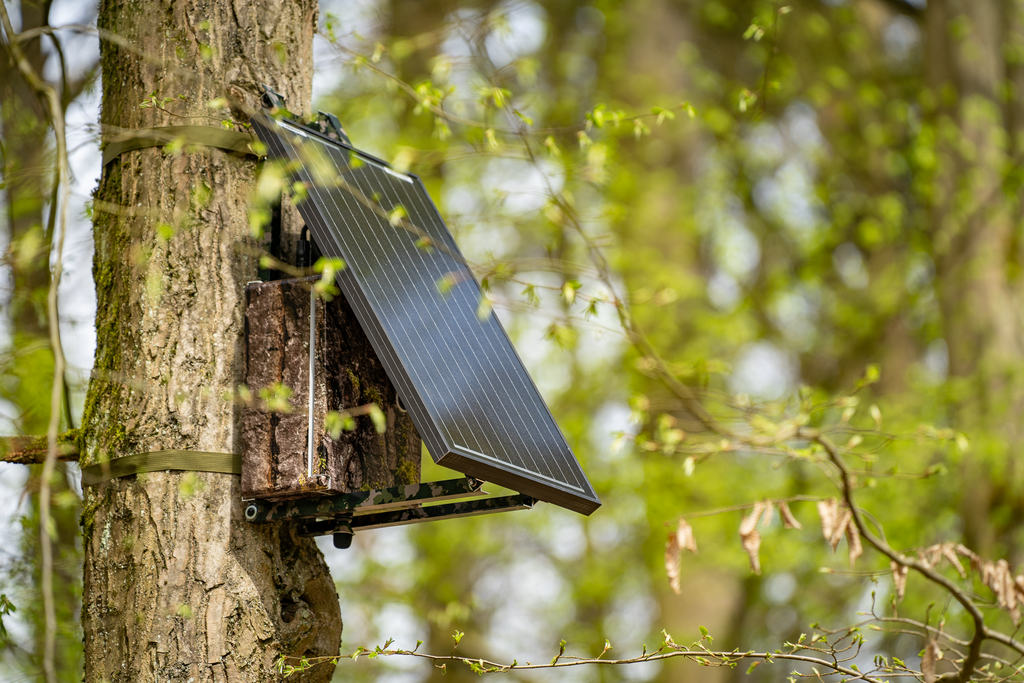CALL for PAPERS: FROM CHIRPS TO INSIGHTS: PASSIVE ACOUSTIC MONITORING FOR APPLIED ORNITHOLOGY
The Journal of Avian Biology is inviting contributions that use passive acoustic monitoring technology to study ecology, evolution and behavior of birds and which showcase its potential for applied ecology, conservation, and impact assessments.
Manuscript Submission Deadline: 30 May 2026.
The rise of Passive Acoustic Monitoring (PAM) offers a new toolbox to study, conserve and manage birds. At the same time, it is hard to assess for anyone new to this matter what this toolbox is currently capable of and where it's headed. This dynamic, fast-evolving field demands a status report in the form of a special issue, showcasing the current state of the field! We invite scientists and conservation practitioners to submit original research papers and review articles for our upcoming Special Issue in Journal of Avian Biology.
This Special Issue aims to:
- Summarize the state-of-the-art in PAM techniques.
- Showcase its potential for applied ecology, conservation, and impact assessments.
- Bridge the gap between cutting-edge tools and practical applications for field ecologists, conservationists, and practitioners.
We welcome contributions exploring:
- AI-driven acoustic analysis and best practices in data processing.
- Comparisons of PAM with traditional survey methods.
- Novel applications and PAM-driven insights in avian ecology, behavior, and conservation.
- Advances in hardware and software for PAM.
- Revisiting Acoustic Niche Theory and its implications.
Be part of a globally diverse collection of studies that will define where PAM stands and where it’s headed. Submissions should appeal to both applied ecologists and technical experts, offering actionable insights for conservation and robust science for researchers.
We encourage submissions coming from underrepresented geographic areas. If your institution does not currently have an Open Access agreement with Wiley to cover publication costs and if you are not covered through the research4life partnership, Journal of Avian Biology (JAB) is able to provide a limited number of waivers to cover publication costs. Read more here about JAB internal waivers.
As soon as an article is accepted, it will be curated and typeset so that it can be published on the journal webpage. All accepted articles will be published together in a JAB Special Issue, accompanied by an editorial. Special issue content will be widely promoted on the social media channels of the Nordic Society Oikos journals and the platform of our publisher Wiley.
How to:
If you intend to submit a manuscript for our special issue, please send a short email to any of the guest editors (see contact information below) including a tentative title, the type of article, a brief summary of the research questions and methodology, and name of the corresponding author. Please note that we do not expect any results to be included in this short description nor that the content is definitive for the resulting manuscript. The short description is merely used to assess whether your research fits the topic of the special issue. If you have any questions, please do not hesitate to contact any of the four guest editors.
The manuscript will undergo the regular peer-review process. Please submit your manuscript through the JAB online submission system (indicate in the system and the cover letter that your manuscript is a contribution to the special issue). Please, check out the author guidelines of the journal about how to prepare your manuscript before submission.
Editors of the special issue
Jan O. Engler, Independent Researcher, AviCon Research Planning (avicon [dot] engler [at] gmail [dot] com)
Interests: working at the intersection of science and environmental management using spatial modeling, genetics, and PAM.
Jenn Foote, Algoma University, Canada (jennifer [dot] foote [at] algomau [dot] ca)
Interests: nocturnal and dawn vocal behaviour in temperate North American forest communities with a particular focus on ovenbirds and white-throated sparrows but with frequent diversions into studying questions that fascinate me in our autonomous recording dataset.
Dominique Potvin, University of the Sunshine Coast, Australia (dpotvin [at] usc [dot] edu [dot] au)
Interests: bioacoustics and behaviour. Specifically, I look at evolutionary pressures on acoustic signals like birdsong, especially those associated with habitats (including urban or noisy areas).
Simon Thorn, Marburg University and Hessian Agency for Nature Conservation, Environment and Geology, Germany (Simon [dot] Thorn [at] hlnug [dot] hessen [dot] de)
Interests: bioacoustics in ecology and monitoring, including all types of habitats. Currently, I am working on how PAM techniques can potentially complement volunteer-based surveys.
